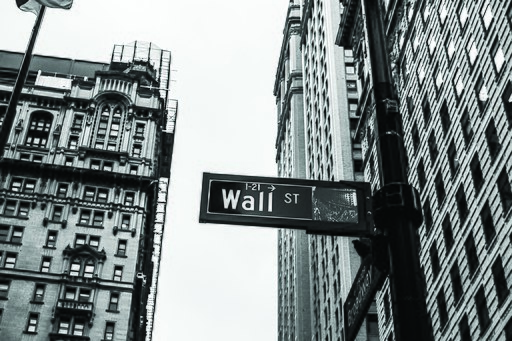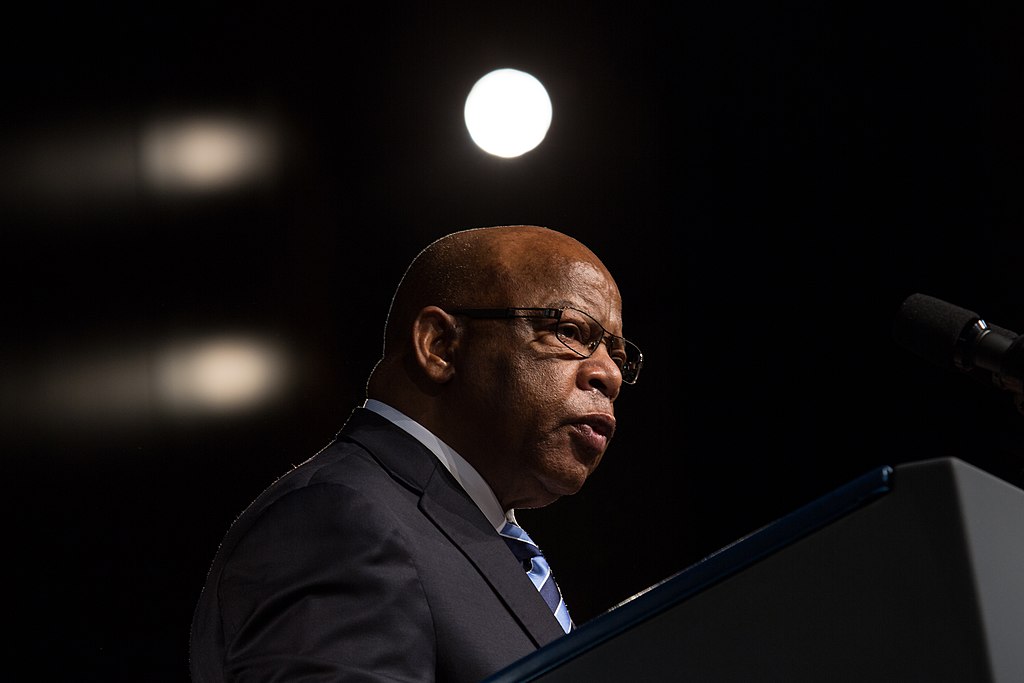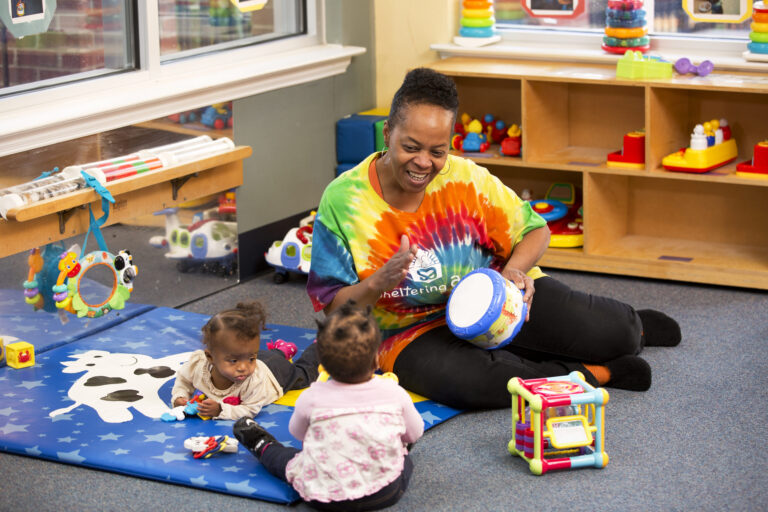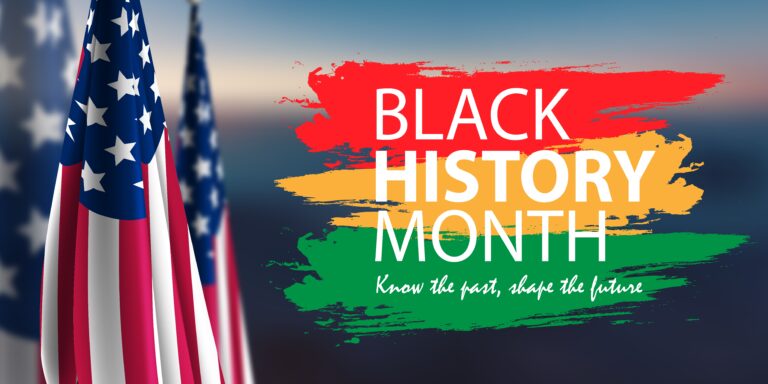Looking to elevate your Black History lessons this month? We’ve got you covered! Rollins for Language and Literacy facilitators have compiled activities – distinguished by age group – to help you lead engaging, inclusive discussions with your students.
| Age Range | Activity |
| Infant-Pre-K (Social-Emotional) | Read any affirming, celebratory books such as M is for Melanin: A Celebration of the Black Child, Hair Love, I Love My Hair, Cool Cuts, Brown Boy Joy, or any other age-appropriate book celebrating our identity. (Check out our recommendations and reading strategy guide here!)
After reading the book teachers will pass a mirror around for children to participate in a “What Do You See?” activity. Teachers will encourage each child to use positive adjectives to describe their physical characteristics (eye color, skin color, hair texture, etc). As a follow-up activity, have children cut out pictures from diverse magazines of people who look like them. You can even create a class book that showcases the diverse pictures that the children collected and use it to explore similarities and differences that we all share as humans. |
| 2yrs- 3rd grade.
(Science/Writing) |
Share with children the many stories of African American children who have created products such as Asia Newsome – Super Business Girl products, Mikalia Ulmer – Me and the Bees Lemonade, Cory Nieves – Mr. Cory’s Cookies, Moziah Mo Bridges – Mo’s Bows, or Bishop Curry – Oasis.
After discussing the many accomplishments of these young entrepreneurs, provide your children with open-ended items such as recycled boxes, containers, miscellaneous arts & crafts supplies, and some glue. Allow them to create their own inventions. For older children, encourage them to write about a creative, original idea or invention. Just let them create! Create a Black Wall Street display or video for parents at the end of the month to celebrate our innovative thinkers. |
| 2-4 year olds
Dramatic Play |
Dr. Patricia Bath was the first African American to receive a patent for a medical invention! She invented the machine that allows cataracts to be treated. It is called the Laserphaco Probe.
Turn your dramatic play area into an eye doctor’s office. Have the children help you to create some eye charts using letters and colors. Provide eyeglass frames (no lenses in them) for the children to wear. Provide white jackets for doctors, clipboards, and writing materials to encourage emergent writing. Madam C. J. Walker was the first Black woman millionaire in America and made her fortune thanks to her homemade line of hair care products for Black women. Transform the dramatic play area into a beauty parlor so everyone can get a make-believe make-over. |
| Young Toddlers- Pre-K | Mr. Granville Woods invented the Telegraphony. It was a combination of the telegraph AND voice machine. It allowed people to use the same wire to send telegrams and messages.
If the cups are pulled so the yarn is tight, one child will hear the other child when he/she talks or sings into the cup! Encourage children to be conversational partners with one another. Introduce the word communicate. |
| 2-5 year olds | An egg activity can easily and effectively help you talk about Black History Month with younger children.
Children view two eggs—one white and one brown. When cracked open, they see the egg is the same on the inside, regardless of the egg’s color on the outside. This is a wonderful way to learn about people with different skin colors and backgrounds. Have children draw a picture of their observations and dictate their discovery and ask them, “How are people different on the outside but the same inside?” |
| 2-5 year olds:
Science/ Writing |
Learn about George Washington Carver, a pioneer in agricultural science.
Carver is known for his work with peanuts, soybeans, and sweet potatoes. Young botanists can grow their own sweet potato slips with this fun experiment! Chart their growth through journals, pictures, and drawings. Introduce child-friendly definitions for observations, predictions, and agriculture. |
| 2-5 year olds: Gross Motor Skills | Garrett Morgan – inventor of the traffic light.
Play Red Light, Green Light: Use a visual aid to mimic a traffic light (such as pieces of construction paper). Hold up a “red light” for them to stop, “yellow light” to walk slow, and “green light” to go. This is a great gross motor activity to do during outside time. You can follow up by discussing Garrett Morgan’s invention of the traffic light. |
| 2nd-3rd | Watch Kids Explain Black History Month
After children view the video, ask them to express verbally or write about what Black History means to them. |
| 1st-3rd grade | Speak Up! by Miranda Paul and illustrated by Ebony Glenn, encourages children to find and use their voices to speak up.
Children use their voices to express gratitude for a special treat and to challenge an unfair rule. Through their everyday actions, children can make the world a better place—beginning in their respective classrooms! This book aligns with the powerful words of former United States representative and Civil Rights leader and icon John Lewis, who encouraged Americans to “Get in trouble, good trouble, necessary trouble.” By this, he meant: “When you see something that is not right, not fair, not just, you have to speak up. You have to say something; you have to do something.”
Teachers can invite children to create a “What Would You Do?” activity to cultivate fairness, equity, and social justice-minded individuals. Begin by discussing how children can stand up for themselves and stand up and speak out for another child in their class. Let your students lead. Even in early grades, students are preceptive about race relations in our society. You may also suggest various situations (a new child joins the class who does not speak English; a child calls another child a name because of her skin color), write each scenario on an index card, and collect them all in a bag or box. In groups of two or three, children can pull an index card and each create a sign in response to the prompt “What Would You Do?” to stand up and speak up for the child in that situation. |
We hope you enjoy implementing these activities in your classroom! Share in the comments below or email us at [email protected] to let us know your experience as well as any new activities you’d like to share with the Cox Campus community.
Remember, celebrating and uplifting the rich culture and contributions of African Americans and people of African descent has a place in every classroom every month of the year, so don’t stop in February. Our world’s diverse stories and cultural histories are integral components of the learning journey, helping create spaces where students feel seen, heard, and included.







